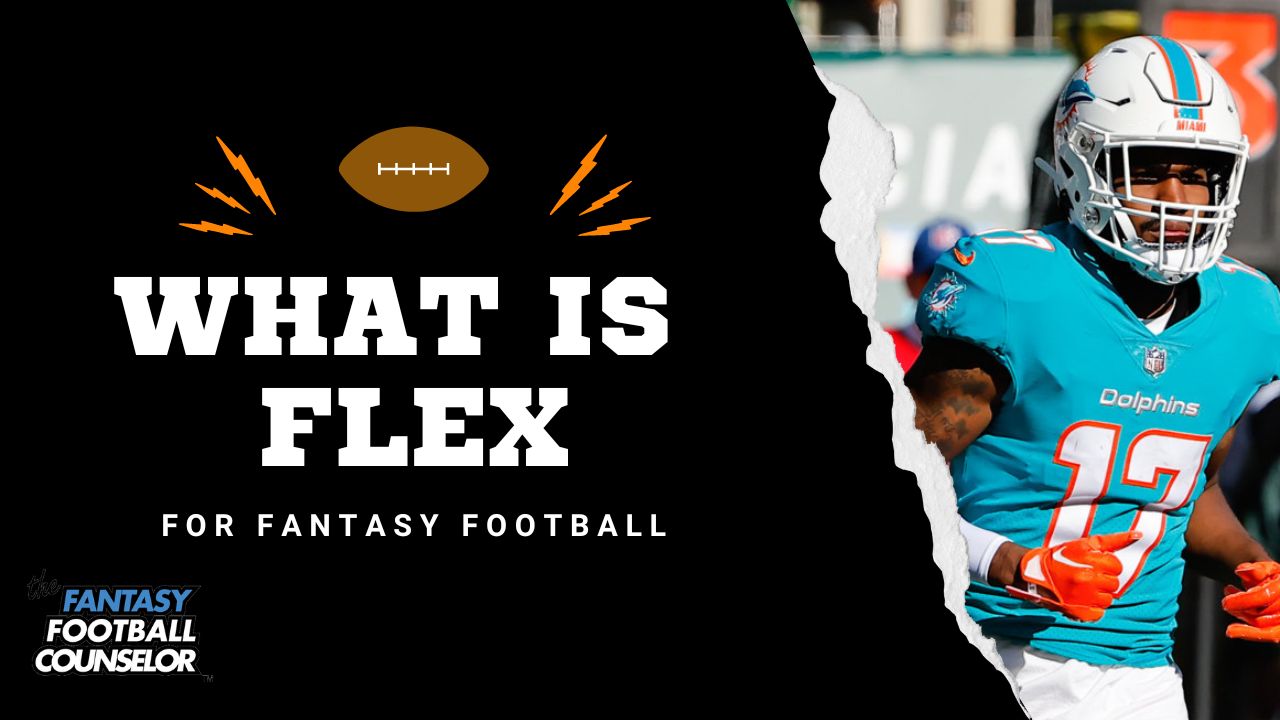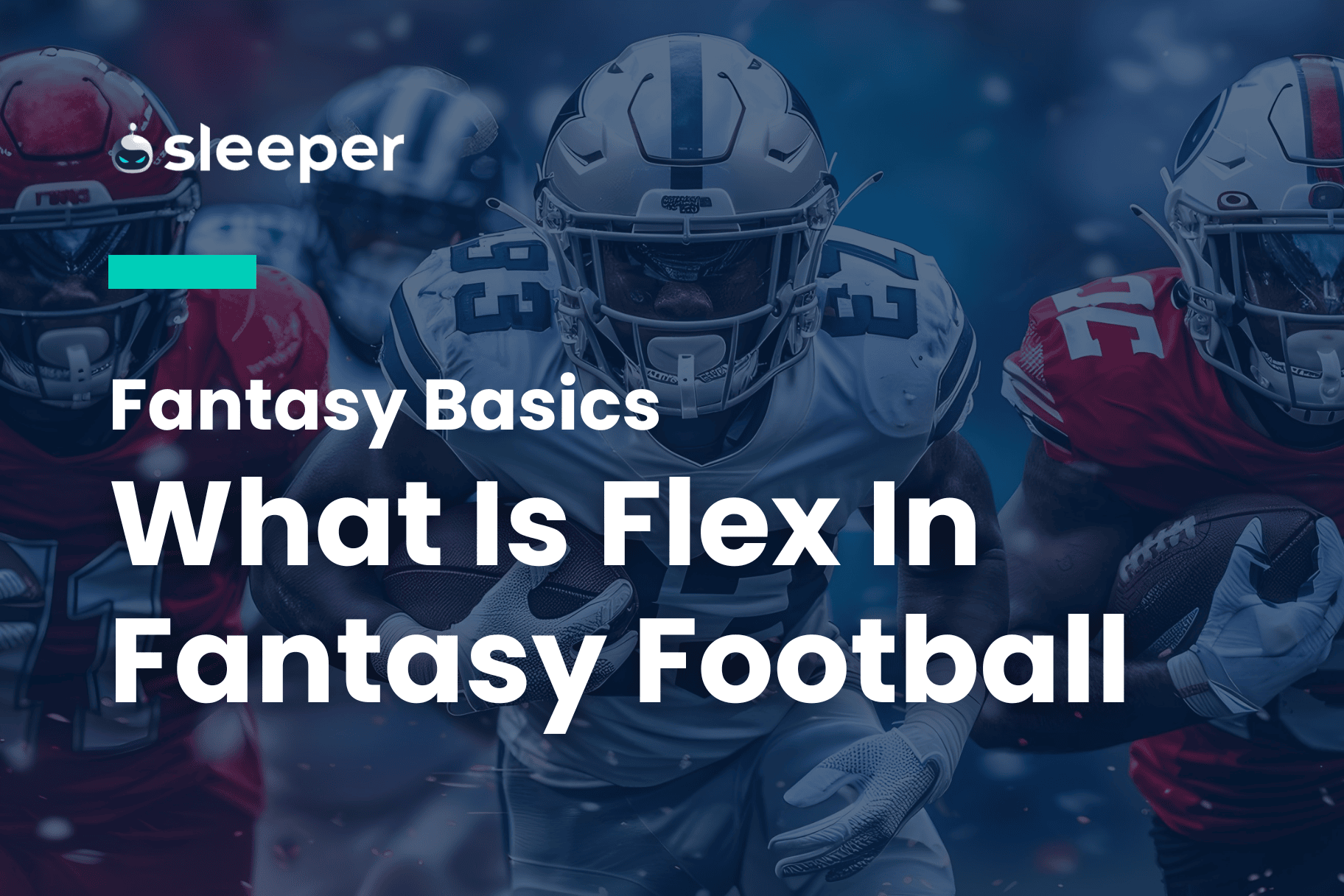Alright, let’s dive into this whole “flex” thing in fantasy football. When I first started playing, I had no clue what it meant. I saw this “flex” spot on my lineup and I was like, “What the heck is this?”

So, I started digging around. Turns out, the flex position is basically a wildcard spot in your starting lineup. You can put a running back, a wide receiver, or even a tight end there. Some leagues, the crazy ones, even let you stick a quarterback in the flex, which they call “superflex” or “OP”.
-
First thing I did: I checked the rules of my league. I realized that in my league, the flex spot can be for a running back (RB), a wide receiver (WR), or a tight end (TE). No QBs allowed in mine.
-
Next up: I had to figure out who to put there. I learned that running backs generally score more points than wide receivers or tight ends. At least, that’s how it usually goes in leagues that don’t give extra points for catches. So, I started leaning towards putting a running back in my flex spot most weeks. That felt like the safest bet to rack up points consistently.
-
Then, I got a little smarter: I started looking at matchups. If my usual starting running backs had tough games, and I had a wide receiver going against a weak defense, I’d consider flexing that receiver. It’s all about playing the odds, you know?
-
Finally: I realized it’s about flexibility, hence the name! Sometimes my best running back would be on a bye week, or injured. That’s when having a solid wide receiver or tight end ready to step into the flex spot really saved me.

In the end, I realized the flex position is super important in fantasy football. Using it well can give you a big advantage over your opponents. Now, I always keep an eye out for players who can fill that flex role and give me the best chance to win each week.


















